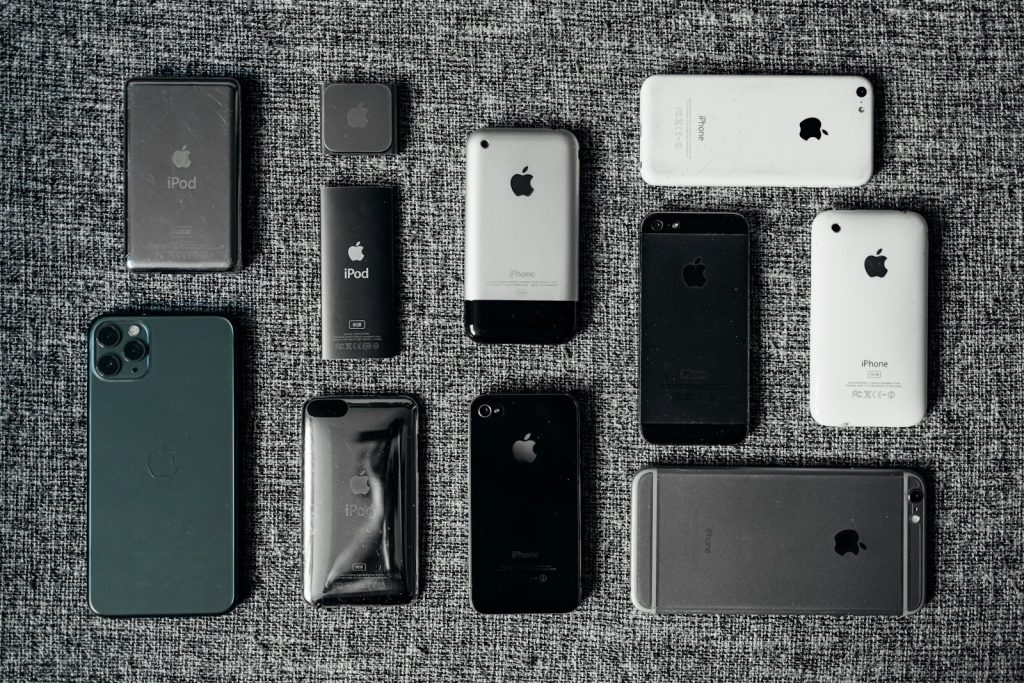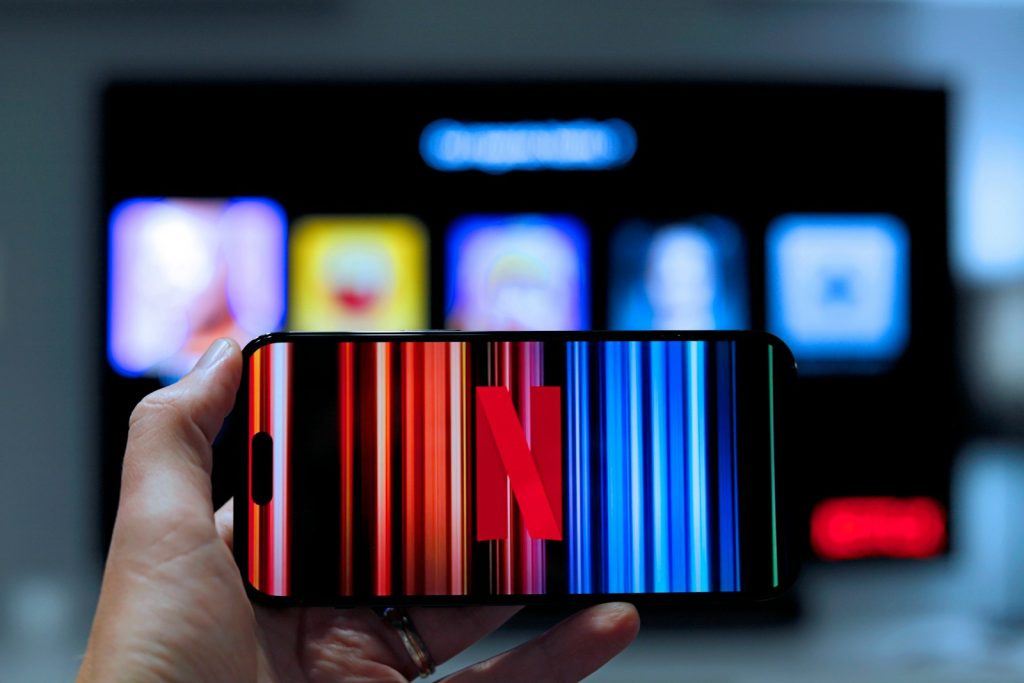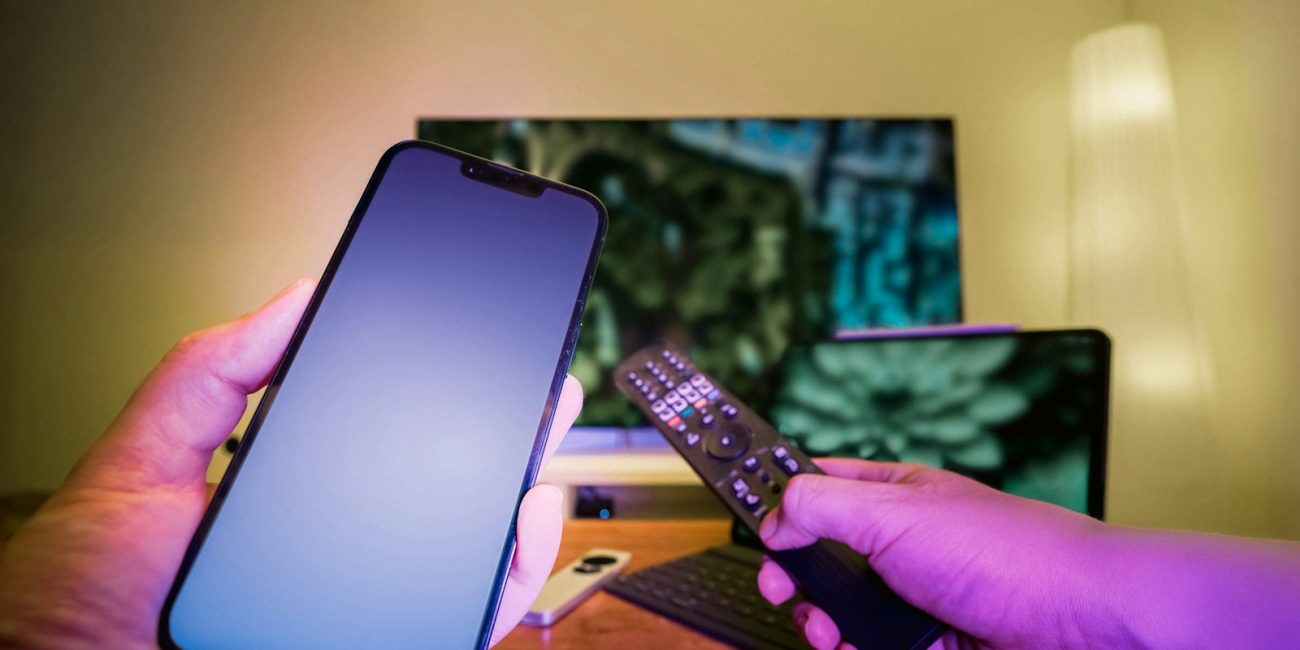Not long ago, families on the Costa Blanca would gather around the television every evening to watch the latest news, a telenovela, or, as we English people know it, a soap opera, or even a Saturday night film. Fast forward to today, and that scene is increasingly rare. Instead, the light from mobile screens illuminates cafes, living rooms, buses, and even beach towels.
So, what has happened? Why are so many people abandoning television in favour of screen time on their smartphones? And how is this shift influencing culture and connections on the Costa Blanca?

Smartphones have become the primary entertainment device for almost every age group. People from Torrevieja to Benidorm are streaming TikToks, checking WhatsApp, scrolling Instagram, and watching YouTube videos all from their phones. With 24/7 content, personalised feeds through algorithms, portability, entertainment from the beach to bed, and short-form formats that fit the modern attention span.
Whereas TV schedules dedicate what and when you watch, mobile lets you consume what you want instantly, and that powder is addictive – and it’s fundamentally shifting behaviour, even in traditionally TV-loving cultures like Spain.
Traditional television in Spain has experienced a pronounced contraction, especially over the past decade:
- Daily viewing time has dropped from a high of 246 minutes (4 h 6 min) in 2023 to just 208 minutes (3 h 28 min) in 2021 – a decline of around 38 minutes per day.
- According to Barlovento Comunicacion, in 2022 free-to-air TV fell to an average of 190 minutes per person per day, down from 214 minutes in 2021 – an 11% decline and the lowest since 1992.
- The 4-44 age group showed the steepest decline at 16-17%, accelerating the trend of traditional TV being overtaken by younger audiences.
- By early 2023, 84% of Spaniards reported watching TV via the internet on at least one screen
- YouTube, Netflix, and TikTok now attract more viewers under 40 than traditional channels.

The steady decline in traditional TV viewership across Spain, including in coastal areas such as the Costa Blanca, reflects a broader cultural shift in media consumption habits. Younger audiences, in particular, are shifting away from scheduled television and towards on-demand, bite-sized content delivered via mobile apps and social platforms.
Phones and tablets are no longer just secondary screens; for many, they serve as their primary source of entertainment, information, and social interaction. While live television remains useful for sports and breaking news, its once-central role in daily life is fading. Instead, people are curating their own content experiences – anything, anywhere – with little or no need for the living room TV.









No Comment! Be the first one.